
Protective Measures of Beehives During Hurricanes
With the track of tropical storm Debby poised to make a significant impact on North Carolina, there are some …



El inglés es el idioma de control de esta página. En la medida en que haya algún conflicto entre la traducción al inglés y la traducción, el inglés prevalece.
Al hacer clic en el enlace de traducción se activa un servicio de traducción gratuito para convertir la página al español. Al igual que con cualquier traducción por Internet, la conversión no es sensible al contexto y puede que no traduzca el texto en su significado original. NC State Extension no garantiza la exactitud del texto traducido. Por favor, tenga en cuenta que algunas aplicaciones y/o servicios pueden no funcionar como se espera cuando se traducen.
Inglês é o idioma de controle desta página. Na medida que haja algum conflito entre o texto original em Inglês e a tradução, o Inglês prevalece.
Ao clicar no link de tradução, um serviço gratuito de tradução será ativado para converter a página para o Português. Como em qualquer tradução pela internet, a conversão não é sensivel ao contexto e pode não ocorrer a tradução para o significado orginal. O serviço de Extensão da Carolina do Norte (NC State Extension) não garante a exatidão do texto traduzido. Por favor, observe que algumas funções ou serviços podem não funcionar como esperado após a tradução.
English is the controlling language of this page. To the extent there is any conflict between the English text and the translation, English controls.
Clicking on the translation link activates a free translation service to convert the page to Spanish. As with any Internet translation, the conversion is not context-sensitive and may not translate the text to its original meaning. NC State Extension does not guarantee the accuracy of the translated text. Please note that some applications and/or services may not function as expected when translated.
Collapse ▲
With the track of tropical storm Debby poised to make a significant impact on North Carolina, there are some …
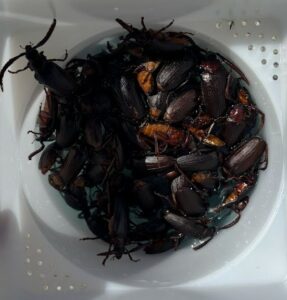
Prionus longhorn beetles, notably Prionus laticollis, Prionus imbricornis, and Prionus californicus (Coleoptera: Cerambycidae), pose significant challenges in agricultural and …
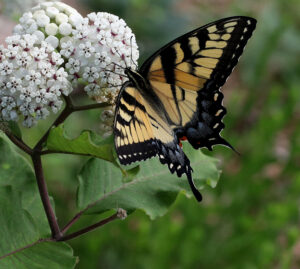
In late 2008, I planted a demonstration pollinator garden at Chatham Mills to provide forage from early spring to late fall for …
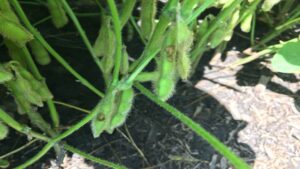
For many years, corn earworm has been the top pest in North Carolina soybeans in terms of cost of …
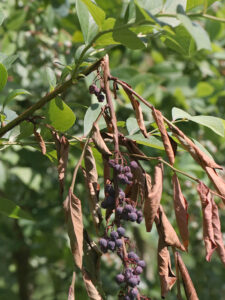
It seems we are finally on the other side of the “cicada invasion” which of course was not an …

Interest in the use of unmanned aerial vehicles (UAVs), or drones as they are more commonly known, for pesticide …
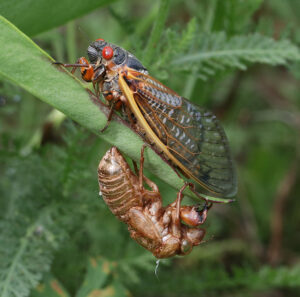
In case you haven’t heard, 2024 marks the emergence of the 13-year periodical cicadas (Magicicada spp.). The 13-year cicadas are known as Brood …
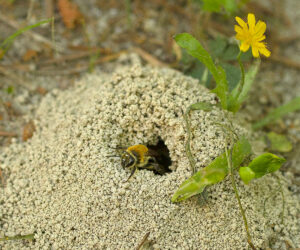
Every year, from mid-March through mid-April, I get calls from folks worried about all the bees hovering over their …
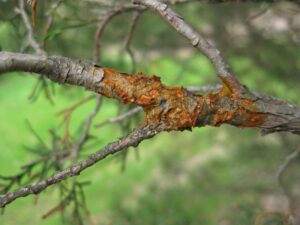
I received an alert that rust is showing up on ornamental trees so scouting now will be important. Species …

To get a pesticide license there are a few steps to take, but it’s all pretty straightforward. Below is …

Click on the flowchart below to help you determine if you need a pesticide license or certificate. Also, there are …
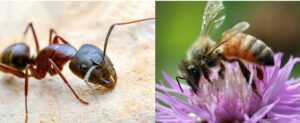
Insects can be either problematic or beneficial in the landscape. The next in our series of quarterly home horticulture …
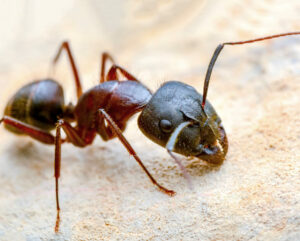
Dr. Terri Billeisen, Extension Associate in Entomology & Plant Pathology at NC State University, provided an exceptional article about the red …
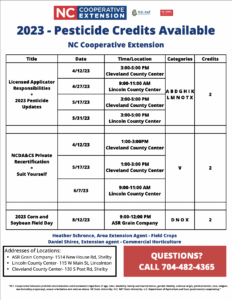
Here is a list of current pesticide continuing education credits in Cleveland and Lincoln counties. There will be more …

After planting, weeding, and watering through the spring and summer, some gardeners look forward to fall as a period …
The 74th Annual Crop Protection School will be held Thursday, December 1, 2022, online via Zoom. RSVP is required, …
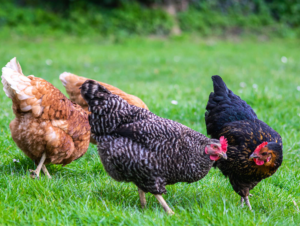
Our next Backyard Flock Series will be about reportable diseases. Dr. Rebecca Mansell, Director of Poultry Health Programs for …

This field guide and linked resources provide information on basic insect identification, sampling methods, monitoring, …

Elm trees (Ulmus spp.) are prized landscape and street trees valued for their canopy shape …

This factsheet describes the biology of the cane lace bug or bamboo lace bug, Leptodictya …
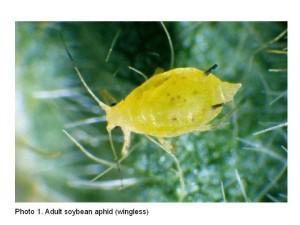
This soybean insect factsheet describes the biology, damage, and control of the soybean aphid, a …

This factsheet describes the biology of the banded sphinx moth or lesser vine sphinx, Eumorpha …

This factsheet describes the biology of the elm-grass root aphid, Tetraneura ulmi, and provides residential …
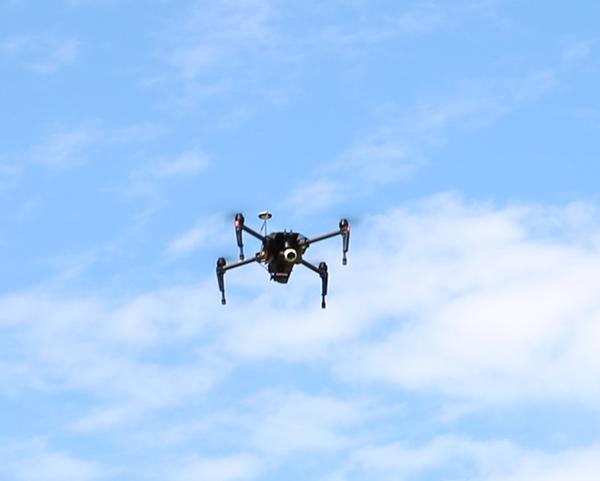
This publication discusses flying unmanned aerial vehicles (drones, model aircraft) for commercial purposes. You'll learn …
This publication describes the life cycle, scouting and treatment of the balsam twig aphid, a …